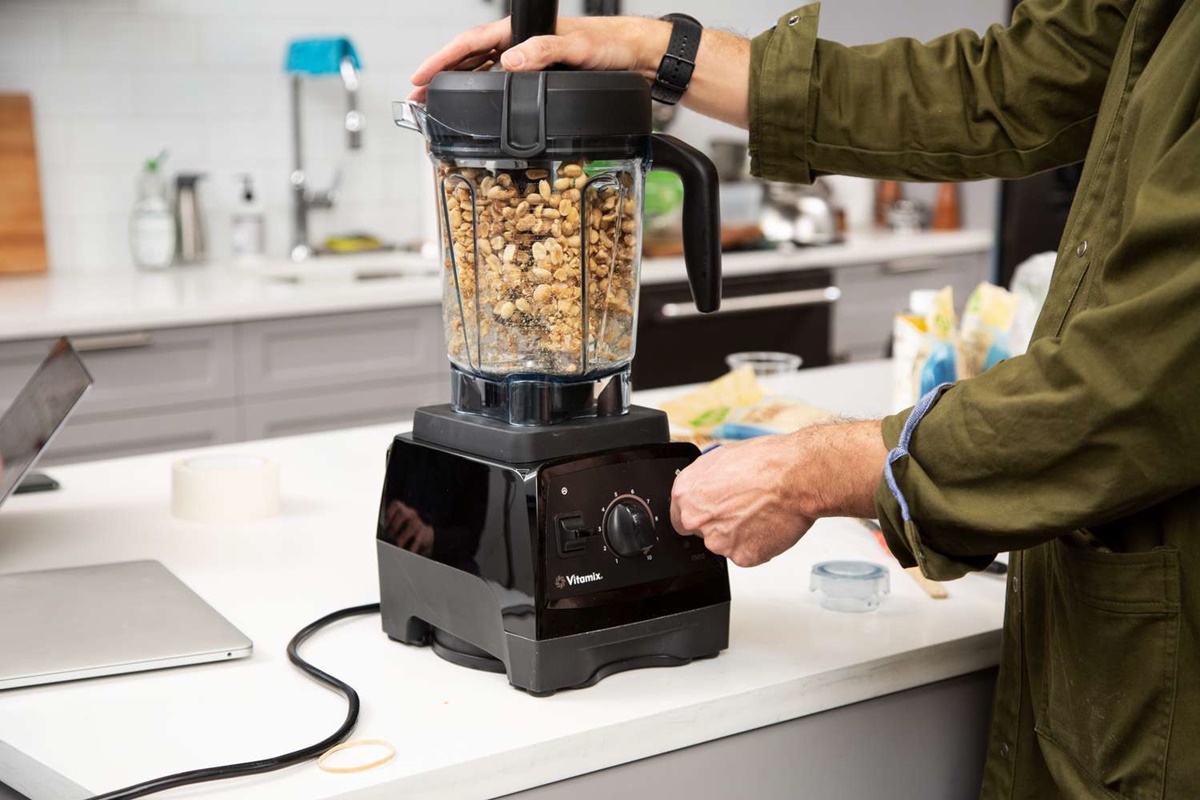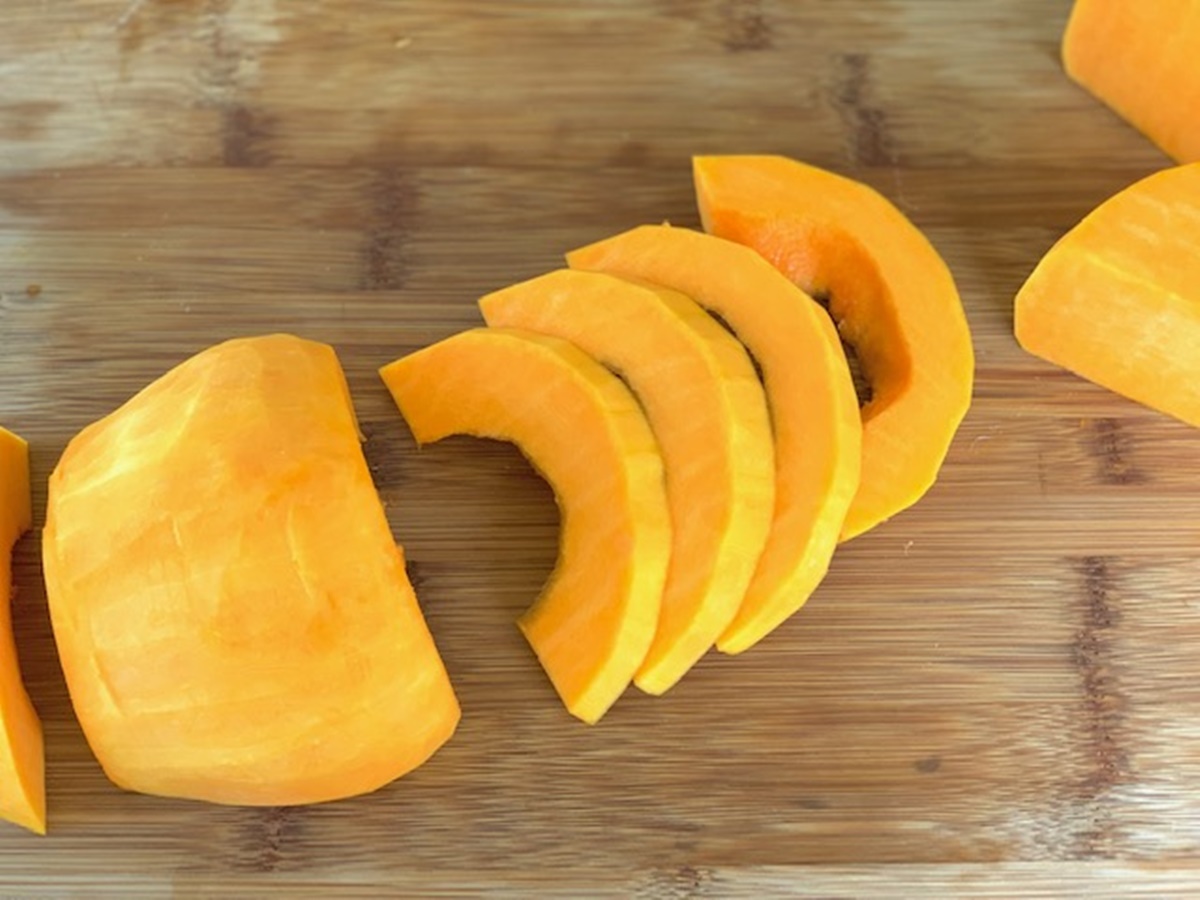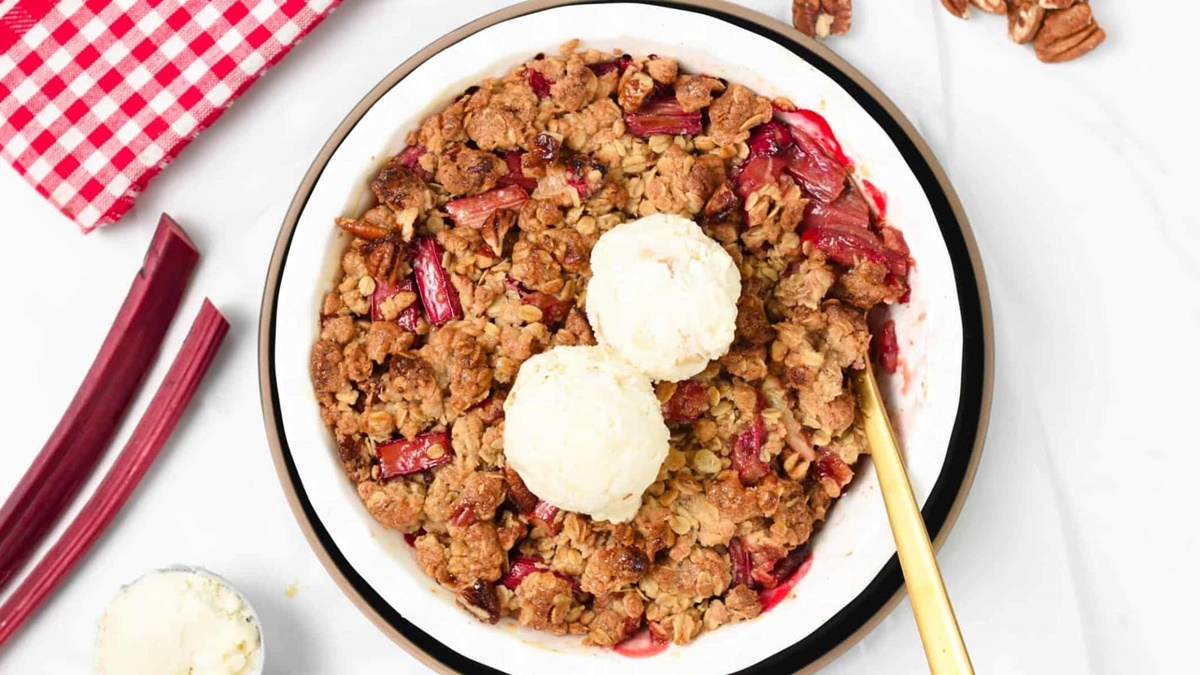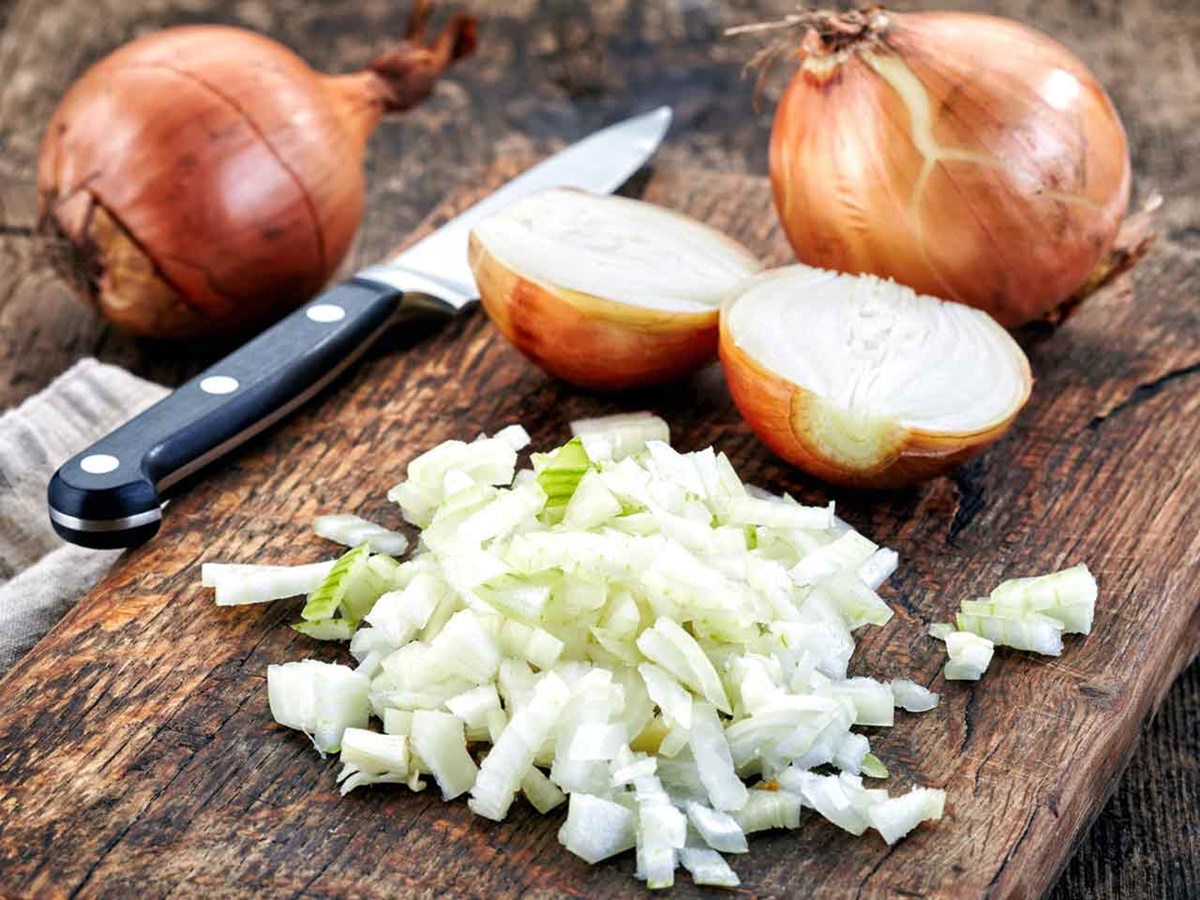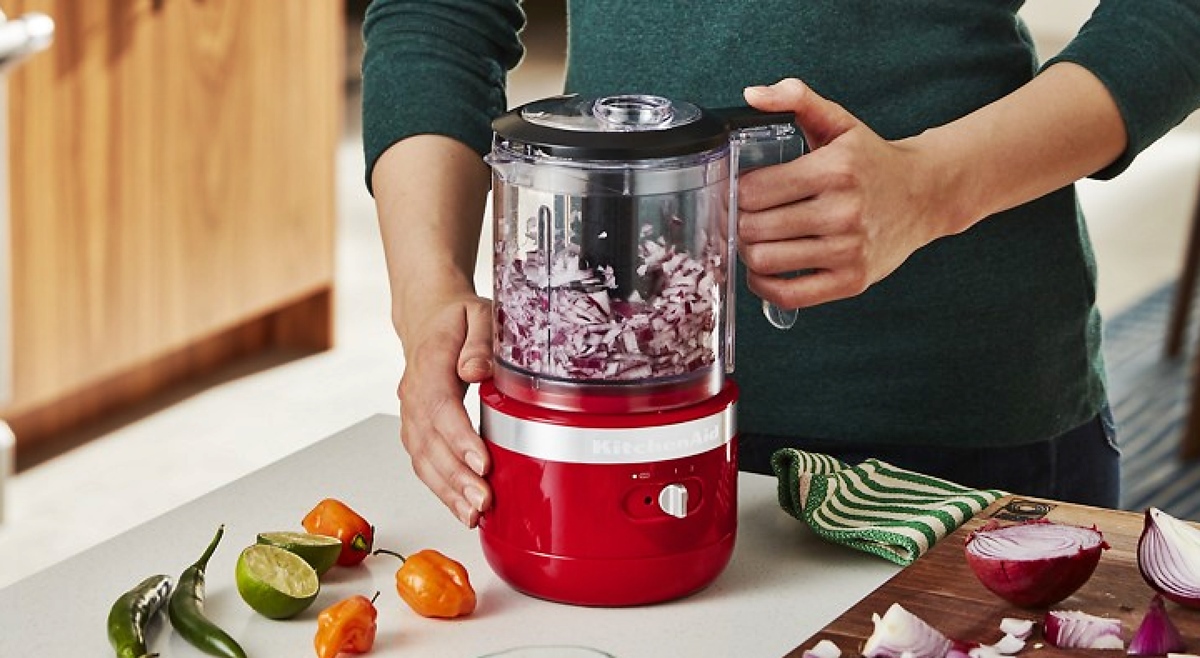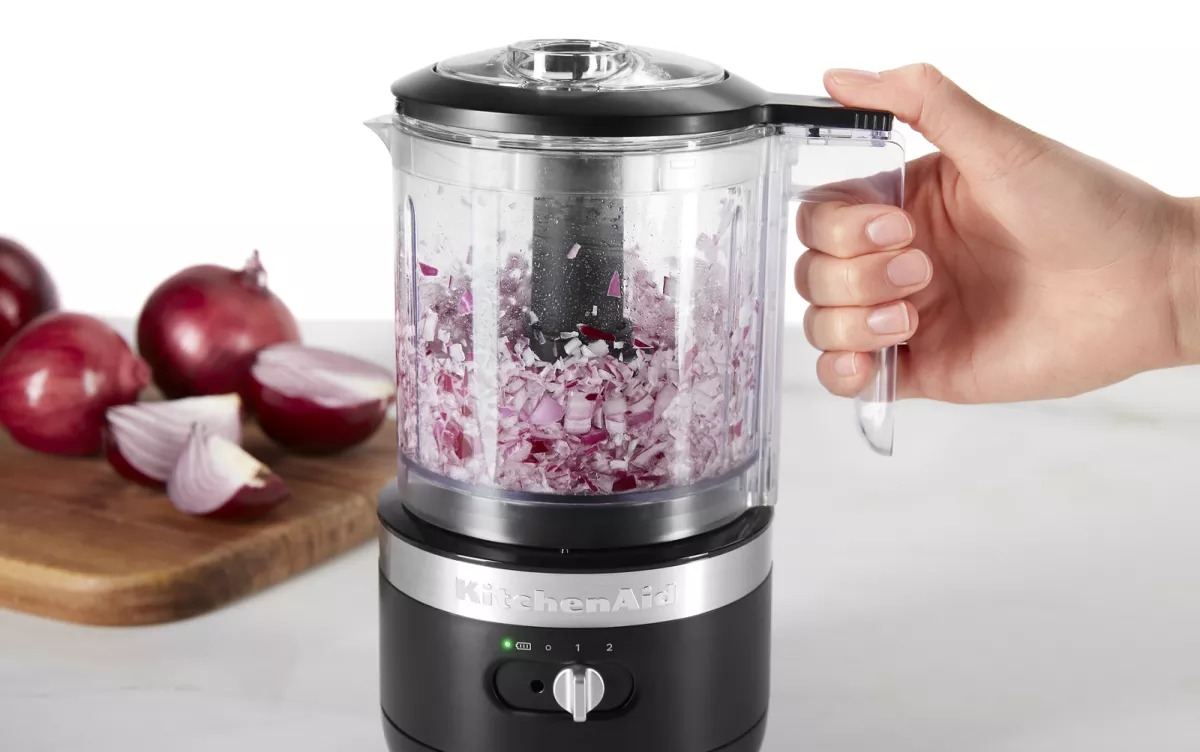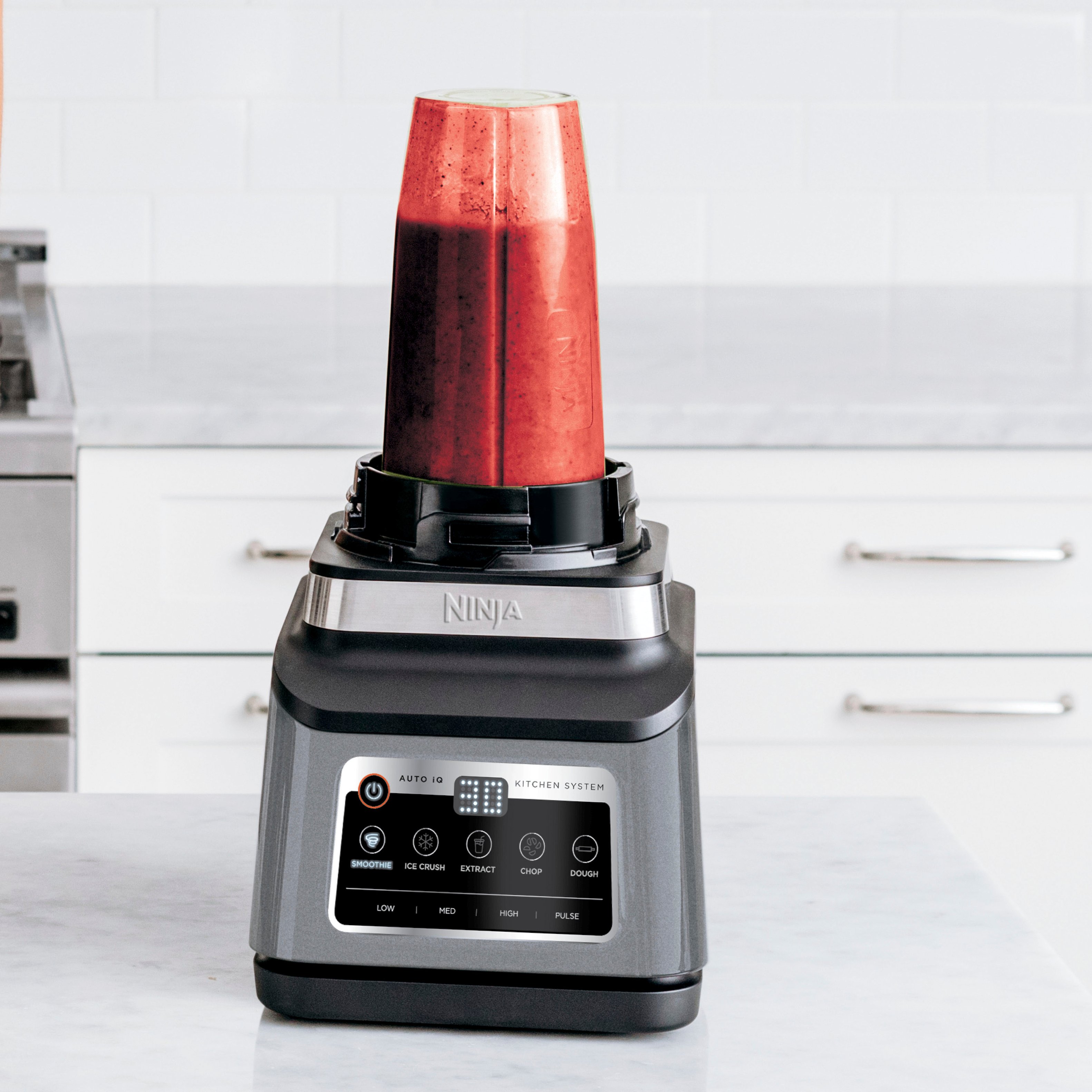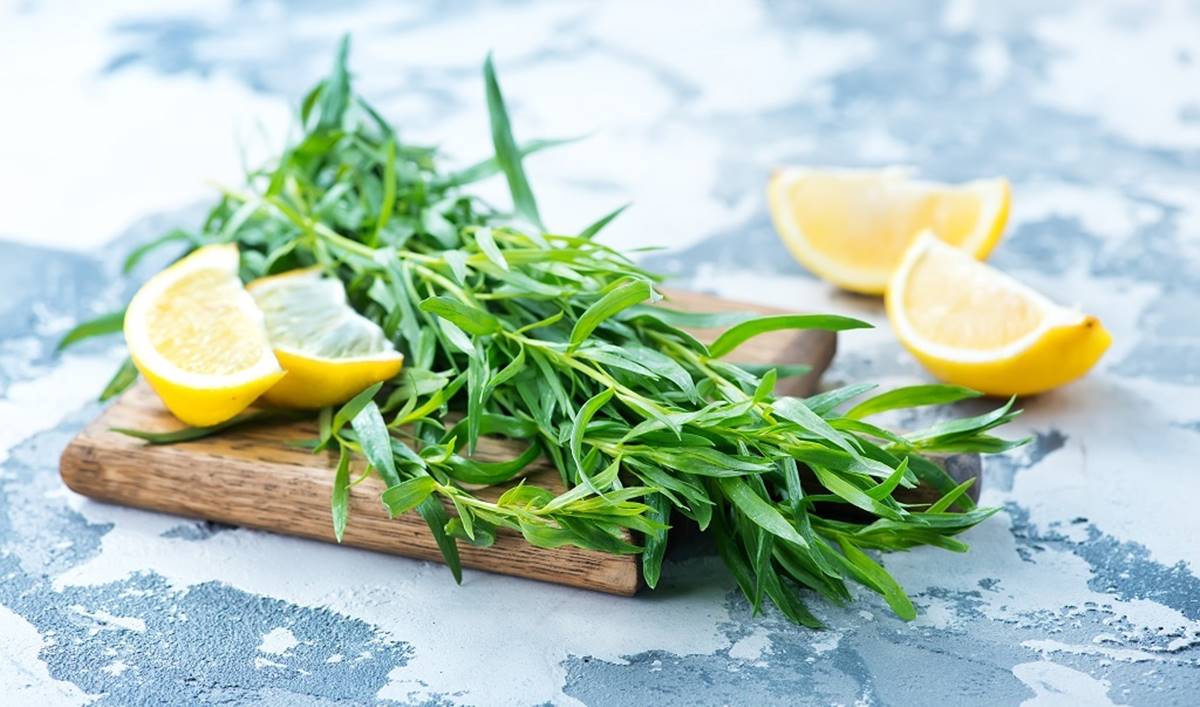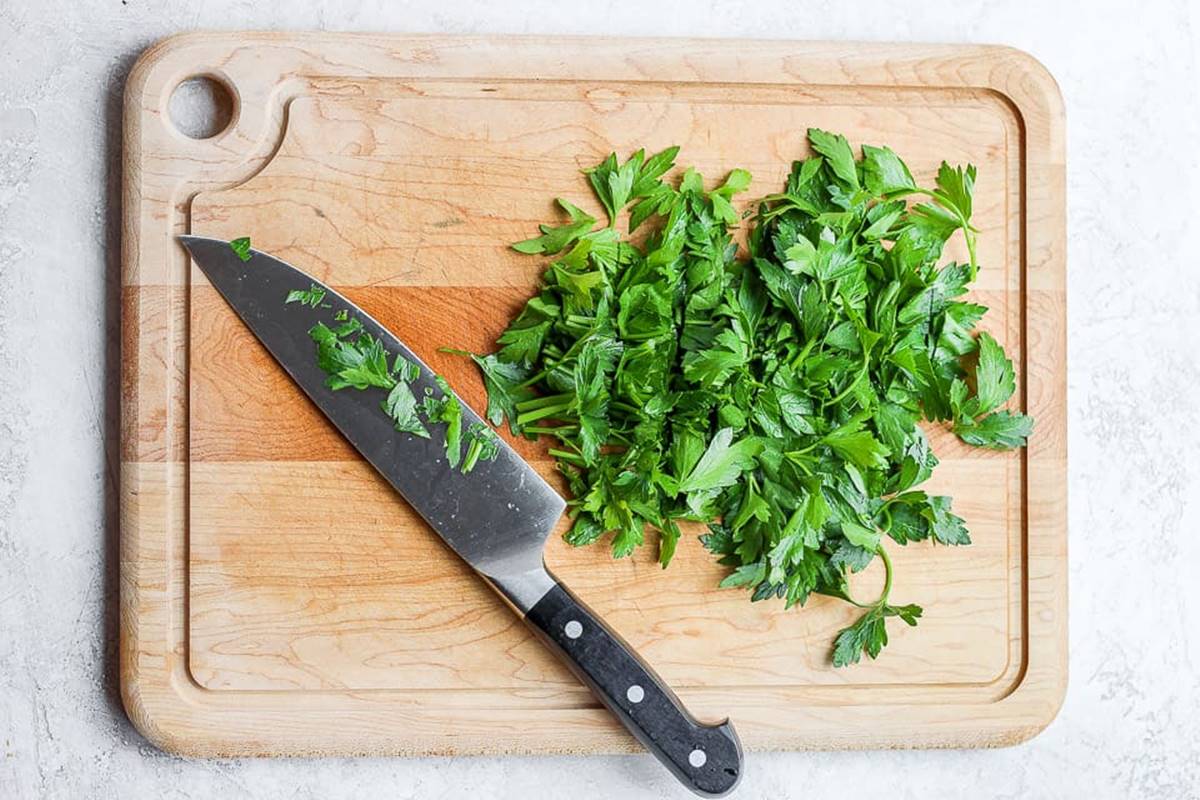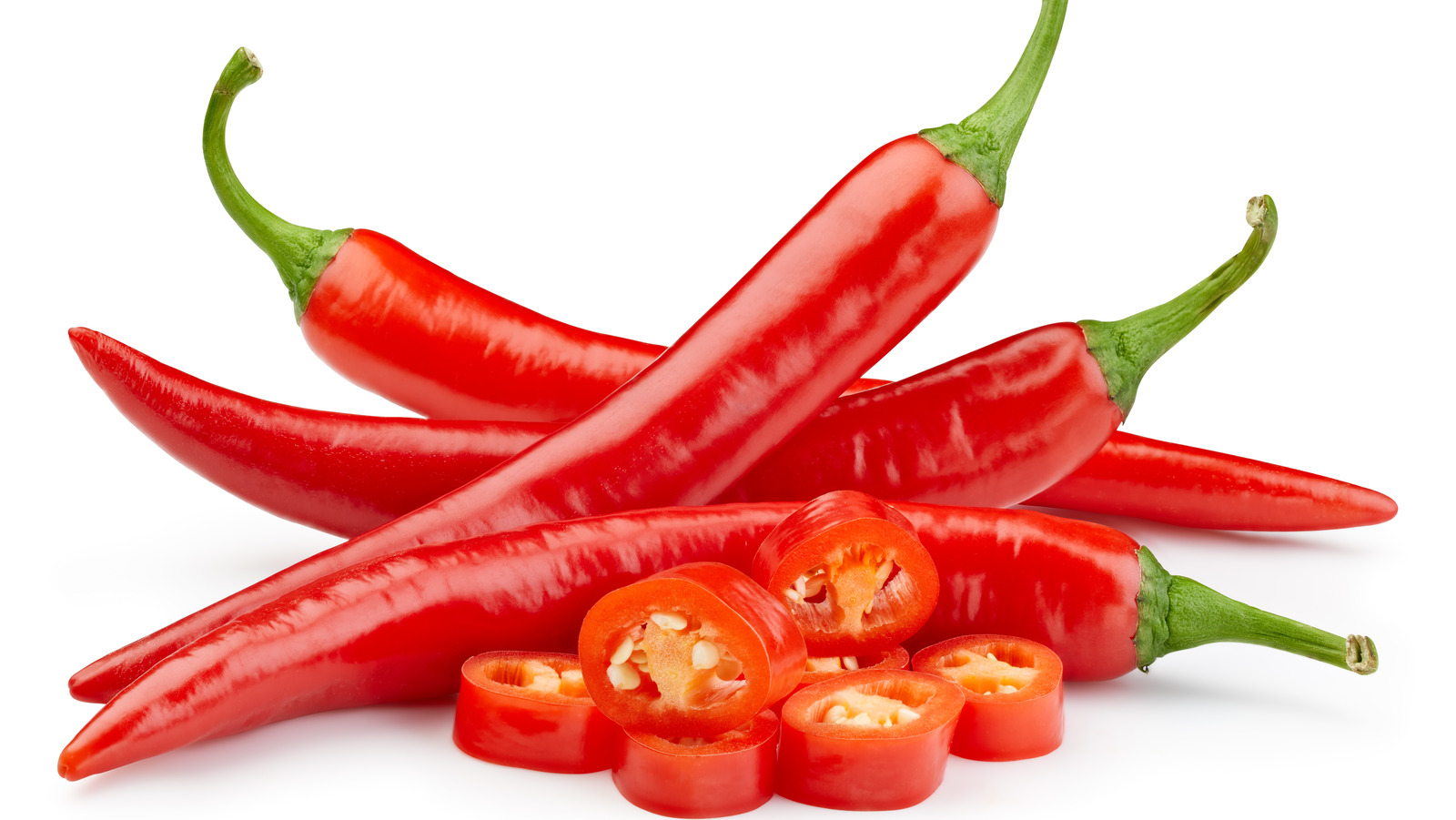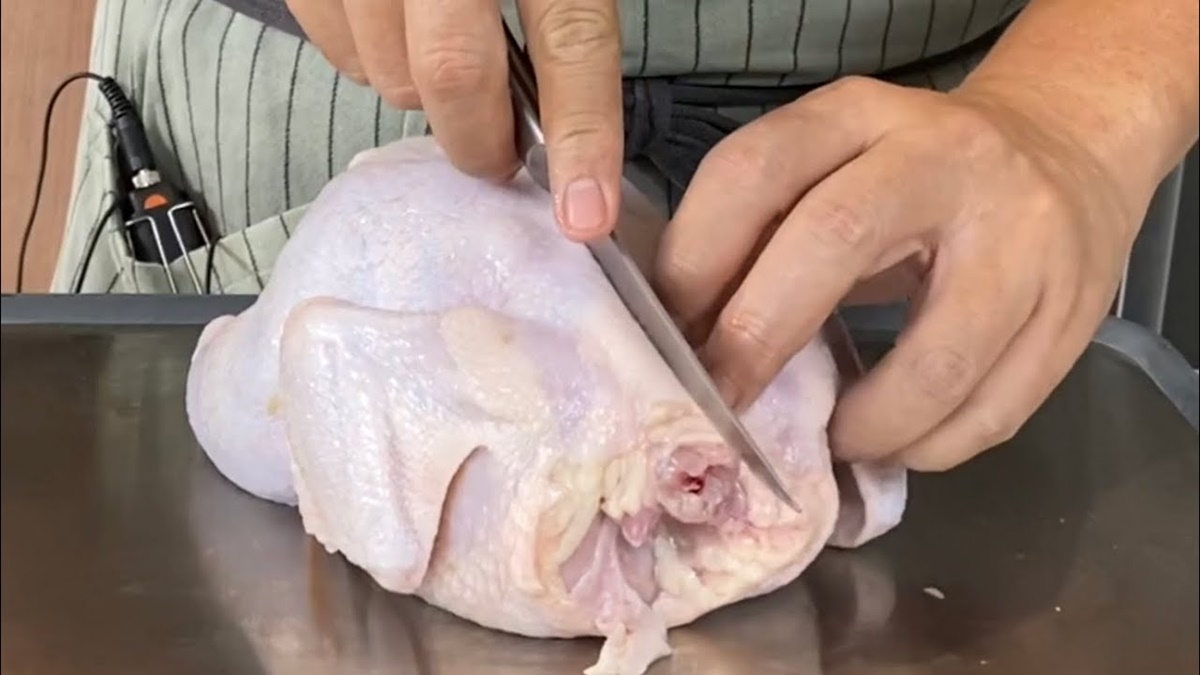Mastering the Art of Chopping Shallots
Shallots, with their delicate flavor and versatility, are a must-have ingredient in any cook’s pantry. These small, onion-like bulbs add a touch of sweetness and depth to a wide range of dishes, from stir-fries to sauces. If you’ve ever struggled with chopping shallots, fear not! In this guide, we’ll walk you through the steps to become a shallot-chopping pro.
Why Shallots?
Before we dive into the chopping technique, let’s take a moment to appreciate why shallots are so special. Shallots have a milder and sweeter taste compared to regular onions, making them perfect for dishes that call for a more subtle onion flavor. They also have a unique texture that adds an appealing crunch to salads and other raw preparations. Plus, their compact size and shape make them easier to handle than larger onions.
Gathering Your Tools
Before you start chopping, make sure you have the right tools at your disposal:
- A sharp chef’s knife: A sharp knife will make your chopping process smooth and effortless.
- A cutting board: Choose a sturdy cutting board that provides a stable surface for chopping.
- A kitchen towel: Keep a damp towel nearby to wipe your hands and clean the knife if needed.
The Step-by-Step Process
Follow these steps to chop shallots like a pro:
- Peel the shallots: Start by peeling off the dry outer layer of the shallot bulb. You can easily remove this by making a small incision at the root end and gently pulling the skin away.
- Trim the ends: Use your sharp knife to cut off the root end and the top part of the shallot, known as the stem. Discard these trimmed ends.
- Halve the shallot: Cut the shallot in half lengthwise, from the root end to the stem end. This will give you two halves to work with.
- Make vertical cuts: Place the shallot half flat on the cutting board, cut-side facing down. Hold it firmly with your non-dominant hand and make vertical cuts, starting from the top and working your way down. Be sure to leave the root end intact to hold the shallot together.
- Make horizontal cuts: Turn the shallot half 90 degrees and make horizontal cuts across the vertical cuts you just made. Again, be careful not to cut all the way through the root end, as you want the shallot to remain intact.
- Finely chop the shallot: Finally, hold the shallot half firmly and slice across the horizontal cuts to create finely chopped shallots. Repeat the process with the other shallot half if needed.
Extra Tips for Perfect Shallot Chopping
To ensure your shallots are chopped to perfection, keep these additional tips in mind:
- Use a sharp knife: A dull knife can crush the shallot instead of cleanly cutting through it. Keep your knife sharp for the best results.
- Practice good knife skills: Hone your knife skills by practicing proper technique, such as holding the knife correctly and maintaining a steady cutting motion.
- Keep it cool: If you find that the shallot is causing your eyes to water, try chilling it in the refrigerator for a few minutes before chopping. This can help reduce the release of irritating gases.
Now that you’ve mastered the art of chopping shallots, you can confidently incorporate these flavorful bulbs into your culinary creations. Whether you’re sautéing them for a savory sauce or adding them raw to a salad, the finely chopped shallots will elevate your dishes to new heights of deliciousness!
Was this page helpful?
Read Next: How To Chop Strawberries For Banana Pudding
Abby Marcelino
Abby is a writer, editor, and a fan of ASMR mukbang and cooking videos. Her family has been in the food industry for years and she has been working for their business as a part-time quality assurance officer and content creator. She is addicted to all things dairy and carbs, most especially cheese and bread.
